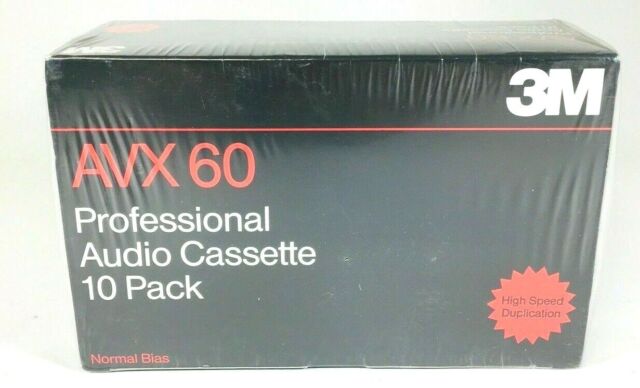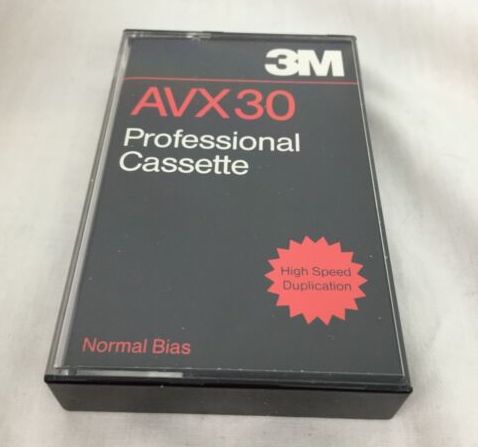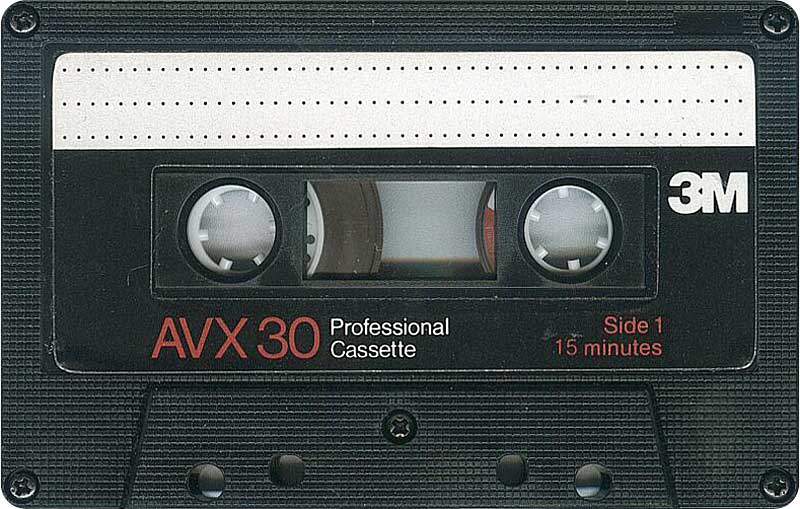In the late 1990s, when I was in grad school at a major Midwestern state university, my assistantship was working in the Language Learning Lab, supervising the video facilities – delivering VCRs on carts and maintaining an aging and lightly-used production studio. There was also an audio lab that was managed by a full-time professional, operating a listening lab and a lesson-by-voicemail system.
I was also a very active volunteer with the local community radio station – not part of the curriculum, but a fact that will become relevant shortly.
The Tape-Driven Language Lab
If you took a college language course before the 21st century you may remember listening labs. There would be rows of what look like library carrels, only each had a cassette deck installed, connected to a sturdy set of headphones with a built-in mic. Students would check out tapes with their language lessons, bring them back to a tape station, where they would listen and repeat, often recording themselves for their beleaguered TAs to review.
The voicemail system was more esoteric. In a back room stood a bank of what looked like industrial answering machines. Only, these didn’t take messages, just playing them. Each day the lab workers loaded the machines with fresh language lesson tapes that students would call in to hear.
The unifying thing about this operation is that it went through lots of cassette tapes. And by lots, I’m talking hundreds a year. The standard normal bias tape was made by 3M with a very plain, business-like black J-card, labelled “Professional Cassette.” They were packed in boxes of ten, and arrived by the case. Not to be confused with the flashy TDK or Maxell chrome tapes you might use for taping your friend’s CD, they were sturdy and utilitarian. Every semester – perhaps more frequently – they would be taken out of service, bulk erased, and re-used.


I distinctly remember this one day. I don’t remember why, but I had to go to the audio production lab which housed a small voiceover booth, a bank of tape duplicators and a massive library of reel-to-reel and cassette tapes. Underneath one of the heavy steel tables supporting the duplicator I spied large cardboard boxes filled with cassettes still inside their Norelco cases, but without J-cards. I took one out and saw that its label had been taken off. I asked the woman who ran the lab what they were for.
She said they’d been blanked and taken out of service. Eyeballing the boxes, in the back of my head I estimated there had to be at least 1000. I asked her what would happen to them.
To my surprise, she said she had no plans. They’d clearly been stacking up there for some years. Ones that actually broke or failed would be tossed in the dumpster, but she couldn’t bring herself to throw away ones that were still functional. So, there they sat.
I wonder if my eyes didn’t pop out of my head, as I pondered the fate of so many dozens of cassettes. You see, this was the era just before CD-Rs and MP3s were widely used. Minidiscs were on the scene, but still relatively expensive and nice. So if you wanted to take music on the go, or record sounds yourself, you mostly used cassettes (Digital Audio Tape – DAT – was only for moneyed pros).
Cassettes and Community Radio
Back at the community radio station, the studio cassette decks were in constant use. Many DJs would record airchecks of their own shows, either to check their sound, or, more often, to use them as mixtapes. Some would use the production studio to record albums, or make more typical mixtapes sourced from the station’s library, without any voicebreaks.
I, and some of my radio-art inclined fellow DJs, also used cassettes to bring all manner of found sounds into our shows, pre-recorded interviews, sound collages or other sound fragments. This meant one’s cassette budget could easily eat into your beer and ramen budget.
Returning to the audio lab, I asked the manager if I might be able to have any of the used tapes. Without hesitation she told me to take as many as I wanted, she’d be glad to have the space.
Trying not to visibly salivate, I tried to size up how many I could take without seeming too greedy, also taking into consideration I’d need to carry them home on my bike. Picking up about four boxes of ten, she asked if I didn’t want more. I suggested I could come back later for additional tapes, and she told me I was welcome anytime.
And that was how I became the cassette tape king of community radio for a few years. Not that anyone actually recognized my royalty, nor did I ask for fealty. With only so much room in my one-bedroom apartment I could reasonably hoard just so many for myself. So I took the rest to the station and put them into box marked “free.” The first several dozen disappeared in less than a week.
When I came back to replenish the station’s cache, one of my fellow cassette-abusing pals saw me dropping them off, and inquired if he might get his own supply. Knowing I’d barely skimmed the surface of the desposit, I just gave him that day’s drop-off, and steadily kept him in tapes for quite some time.

Within just a few months, a DJ popping a plain, black 3M tape into one of the station’s decks was a common sight. Sure, these were not the most hi-fi or high-end stock, and the repeated use in a language lab probably stripped off some oxide. But they worked, and were more than good enough, especially for the boombox or car stereo where most probably ended up.
The 21st Century Decline
When the 21st century arrived the demand for surplus tapes dropped off, though I don’t remember getting even close to the bottom of that well. I actually took over the audio lab alongside the video operation, as part of a new full-time position with the mission of bringing language learning materials into the internet age. Over the next few years we digitized the master tapes and put them online so students could listen from their personal computers (smartphones and tablets were still a few years away). By 2003 we’d retired the cassette listening lab and voicemail system, over the mild protests of some very senior faculty and a few students stuck in their ways.
The used cassette stash then grew back almost to its original late 90s size. I still pulled from it now and then for various projects, but nothing like the glory days. In the mid-2000s the room was split in half, with the other side turned into a server room. I don’t remember clearly what happened to the tape repository, but I suspect a good portion of it finally got tossed unceremoniously into a dumpster by laborers needing to clear the space. By that time they definitely would have been viewed as unnecessary waste.
My personal cassette collection is greatly reduced since the turn of the century. Several moves required that I pare things down successively in the intervening two decades. However, I did digitize a lot of the unique and irreplaceable stuff, a lot of it recorded on those plain black 3M tapes. Playing these always brought back memories.
I still did my best to keep these aging cassettes out of the landfill. In my last big purge, about six years ago, I put tapes out for a garage sale priced at 25 cents each or 10 for a dollar. Several people took bags full that I never bothered to count, usually charging them barely more than a buck for the lot. I’d rather see them get used and enjoyed than squeeze out a few more pennies.
At the end of the sale I was still left with several dozen tapes, which included a decent percentage of the old language lab specimens. In a call back to my community radio days, I dumped them into a cardboard box labeled “free,” and put it on the corner. Not an hour later I saw a couple of teenagers piling through them, eagerly stashing handfulls into a backpack. By nightfall the box was empty.
Today, with an apparent cassette comeback in full swing (BTW, I totally called that more than a decade ago), veteran collectors and new aficionados alike are hunting for tapes, as prices for even used ones keep going up on eBay. Makes me kind of wish I still had the old 3M stash, though I also wonder if they might be too low-rent even for the newbies. I fantasize that maybe the last of the old language lab pile was rescued by a dumpster diver, taking on the mantle of the next cassette tape scion.